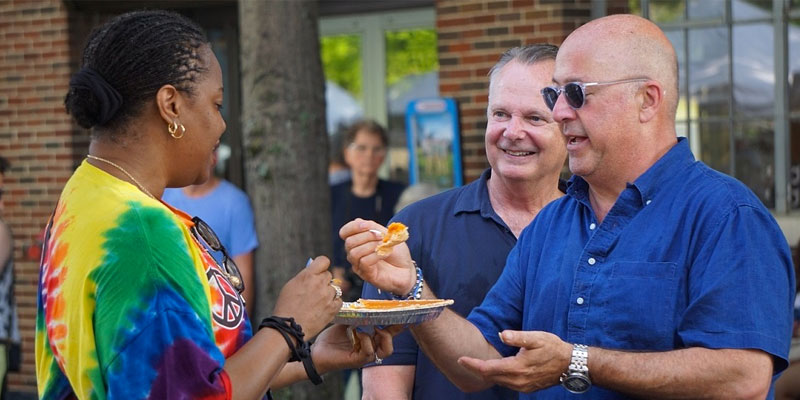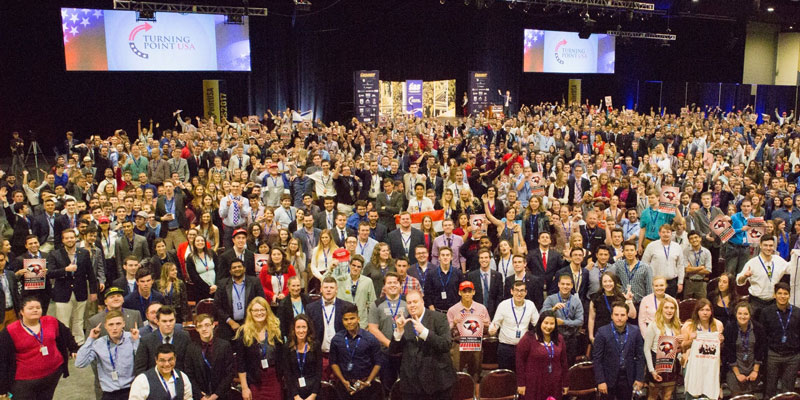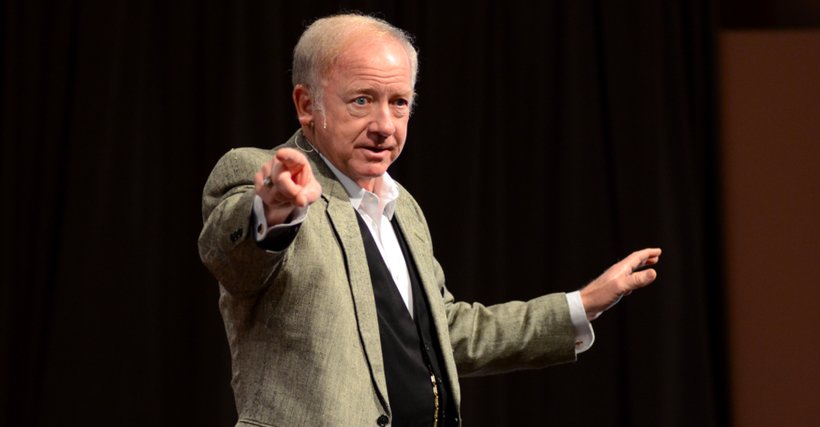
City Observatory, a “think tank devoted to data-driven analysis of cities and the policies that shape them,” recently released a report analyzing where young, talented Americans are living, and why it matters.
The study focused on the Young and Restless—25 to 34 year olds (also known as millennials) with a bachelor’s degree or higher level of education. Comparing census data from 2000 to data collected in 2012, City Observatory discovered that the Young and Restless are increasingly drawn to urban neighborhoods and metropolitan areas, which in turn is speeding economic growth and urban revitalization.
According to the report, “In 2000, young adults with a four year degree were about 77% more likely to live in…urban neighborhoods than other metro residents,” Today, the same group is about 126% more likely to live in urban neighborhoods.
There are plenty of reasons millennials are drawn to urban centers; these areas tend to be hubs for culture and the arts, and often have greater diversity than the suburbs. An influx of young, educated workers is a positive sign for cities.
“The loss of talented young workers is a sign that a region’s economy is struggling,” writes Joe Cortright of City Observatory. “And places that attract talent are not only generally doing well, but are increasingly well-positioned to grow additional firms and jobs, because access to talent is increasingly important as a locational factor for businesses.”
So how is this impacting Alabama?
City Observatory analyzed data from the 51 largest metropolitan areas in the nation. In the Birmingham-Hoover metro area, the population of 25 to 34 year olds with a 4-year degree increased 15.4%—or 43,304 to 49,954—from 2000 to 2012.
To put it simply: 25 to 34 year olds are drawn to the Birmingham metro area more today than they were a decade ago.
Residents of this area will hardly be surprised by this data. The past decade has seen an urban revitalization in Birmingham like never before, and millennials are taking notice. Railroad Park, one of the surest sign of downtown development, is a major draw for Birmingham residents, both young and old. People who never would’ve had a reason to go downtown in the past now visit the park regularly.
Pepper Place, located southeast of downtown, used to stand in an abandoned neighborhood, but today hundreds of people visit the Pepper Place Saturday Market each weekend. Regions Field, the new home to the Birmingham Barons, opened in 2013 and can seat up to 8,500 people.
A park. A market. A baseball field. These aren’t revolutionary ideas, but they’re the sort of places well-educated young people find attractive. City Observatory consistently found that the Young and Restless are looking for “places that are interesting, diverse, dense, walkable, bikeable and well-served by transit.” Birmingham might not score perfectly on this check list, but it’s certainly on its way.
The local government seems to recognize the importance of fostering a robust downtown community, too. “To help encourage renovation, Alabama lawmakers…approved a bill offering developers up to $5 million state historical tax credits to help pay for projects,” writes Joe Gose in a 2013 article for the New York Times. “other incentives, like federal historical tax credits and low-interest loans, are available, too.”

With major cities like Nashville, Atlanta and Memphis only a short drive away, it’s important for the Birmingham-Hoover area to continue attracting the Young and Restless. City Observatory’s research indicates that “having a well-educated, highly skilled population is the key to higher wages and productivity.”
David Fleming, CEO of REV Birmingham, an economic development organization dedicated to stimulating business growth and improving the quality of life in Birmingham, is optimistic about the future of the city, and he credits millennials for some of the positive changes.
“The impact millennials are having on Birmingham is tangible,” says Fleming. “I know of at least two companies that are moving to downtown from suburban locations.”
But it’s not just about business. Fleming says millennials are contributing to the general culture of the city as well.
“These folks with active lifestyles fuel the events, restaurants and attractions adding vibrancy to the downtown area,” he says. “This same group is incredibly civic minded and is fueling a lot of community activity.”
While there has been a rise in the number of well-educated 25 to 34 year olds moving to the Birmingham-Hoover area, there’s one problem: None of them want to live downtown.
In 49 of the 51 metro areas studied, young adults are disproportionately moving to the center of those areas.
What were the two outliers?
Detroit and Birmingham.
Over the past decade, Birmingham saw a 16% drop in college-educated 25 to 34 year olds who live in the city’s “close-in” neighborhoods, or neighborhoods within 3 miles of the center of the central business district. The increased presence of young, talented workers draws businesses to urban areas and helps create a vibrant economy and rich culture. When young people aren’t living in these close-in neighborhoods, the whole metropolitan area suffers.
The Birmingham-Hoover metro area is on the right track, but there’s still a long way to go. Birmingham—particularly downtown Birmingham—needs to continue focusing on urban renewal in order to create an attractive place for young, talented workers.
Fleming says the 25 to 34 age group is optimistic about Birmingham, and that’s something that can’t be bought. “A group of people filled with positive thinking creates an atmosphere of possibility.”












